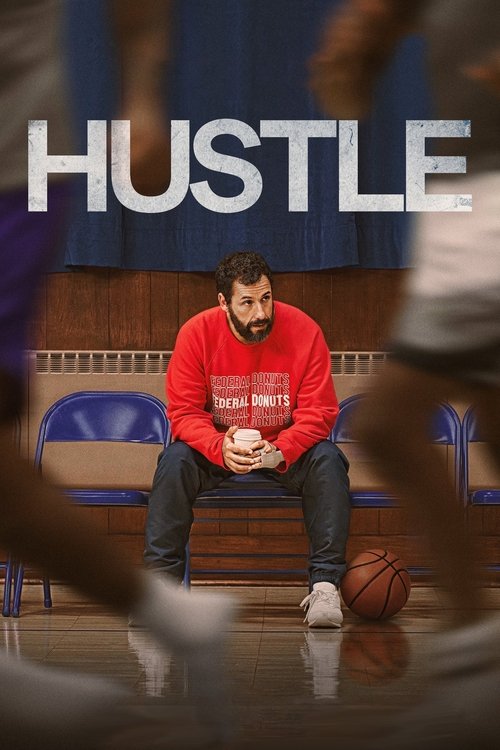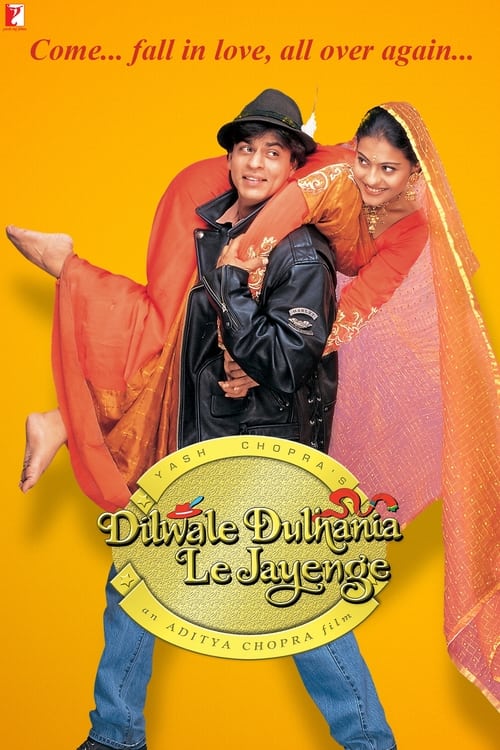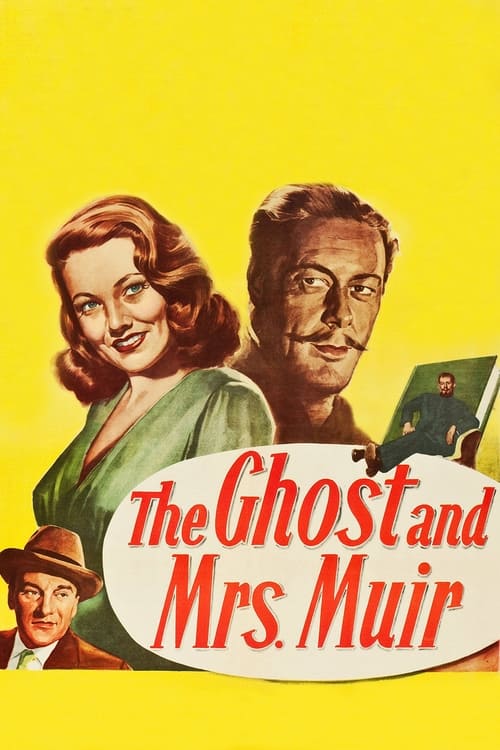
Black Book
In the Nazi-occupied Netherlands during World War II, a Jewish singer infiltrates the regional Gestapo headquarters for the Dutch resistance.
Dialogues from Movie Black Book
Quotes from Movie Black Book
Sound Tracks from Black Book by Carter Burwell
The Last Time
The Last Time by The Mamas & The Papas, Played during a pivotal emotional moment
Ich fühl' wie du
Ich fühl' wie du by Nina Hagen, Featured in a dramatic scene
Zwei auf der Straße
Zwei auf der Straße by F. K. F. F., Accompanies a significant subplot
Download App
Memorable Scenes from Movie Black Book
Rachel's Journey Begins
In the opening scenes, we see Rachel Stein, a Jewish woman in Nazi-occupied Holland. Her life is turned upside down when her family is taken away. The build-up shows her vibrant life before the war, filled with hope and dreams. As the Gestapo closes in, the tension rises. The moment that hits hard is when Rachel has to flee her comfortable life. She chooses to escape into the unknown, driven by fear and instinct for survival. This scene sets the tone for Rachel's transformation and survival instincts. The aftermath is devastating, as the audience realizes her innocence is lost, and she must navigate a world filled with danger and deceit.
Context: This moment introduces Rachel’s character and foreshadows her struggles throughout the film. It helps viewers understand the stakes involved and the tragedy of war.
The Betrayal
Rachel is hiding in a farmhouse when she learns that one of her trusted allies has betrayed her to the Nazis. The build-up occurs as she becomes more trusting of the people around her. The pivotal moment hits when she overhears the Nazis discussing her capture. Her heart drops as she realizes her life is in imminent danger. The aftermath is intense, with Rachel needing to make split-second decisions to ensure her survival, showcasing her resourcefulness and desperation.
Context: This betrayal amplifies the theme of trust and the harsh realities of war. It illustrates how relationships can change in dire circumstances.
The Rescue
Rachel is captured and taken to a Nazi prison. During a harrowing scene, a resistance fighter risks everything to rescue her. The build-up shows Rachel's despair in captivity, highlighting her vulnerable state. The pivotal moment occurs when the fighter bursts through the door, guns blazing, creating a surge of hope and adrenaline. The aftermath leaves Rachel shaken yet grateful, as she realizes that there are still people willing to fight for what is right.
Context: This scene underscores themes of sacrifice and courage amidst chaos. It marks a pivotal shift in Rachel’s journey.
The Undercover Mission
As Rachel goes undercover to infiltrate the Nazi ranks, the tension builds as she plays the role of a spy. The pivotal moment comes during a dinner scene with Nazi officers. Here, Rachel must maintain her composure while hiding her true identity. The climax of the scene is when she goes toe-to-toe in a conversation with the officers, risking exposure. The aftermath sees her gaining crucial information but also deepening her emotional conflict regarding her deceptive life.
Context: This moment illustrates Rachel’s strength and adaptability in dire situations while exploring the moral complexities of espionage.
Love in the Darkness
Rachel’s relationship with a German officer develops amidst the war's horrors. The build-up shows their forbidden connection as they share stolen moments together. The pivotal moment occurs when they kiss, filled with passion yet underlined by danger. The aftermath is complicated as Rachel grapples with her feelings versus her loyalties to her people, adding layers to her emotional struggle.
Context: This forbidden love serves as a powerful contrast to the brutality of war, highlighting themes of humanity and connection amidst chaos.
The Escape Attempt
Rachel and her comrades plan an escape from a Nazi stronghold. The tension builds as they gather supplies and coordinate their movements. The pivotal moment comes when they are discovered, leading to a frantic chase. The aftermath is chaotic, with some escaping but others being captured, reflecting the high stakes and emotional toll of their plight.
Context: This scene embodies the urgency and desperation of wartime escape efforts, pushing the characters to their limits.
Confrontation with the Past
Rachel stumbles upon a Nazi officer from her past who recognizes her. The build-up evokes fear as old memories and trauma resurface. The pivotal moment is when they confront each other, filled with tension and unresolved issues. The aftermath leaves Rachel shaken, reminding her of the war's cruelties and her quest for revenge.
Context: This confrontation deepens Rachel’s narrative arc, merging personal history with the collective trauma of war.
The Price of Betrayal
Rachel witnesses a fellow resistance member betray another friend under pressure. The build-up illustrates the moral dilemmas faced in war. The pivotal moment arises when betrayal occurs right before Rachel’s eyes. The emotional aftermath is profound, showcasing the devastating effects on their friendship and Rachel’s burgeoning cynicism.
Context: This moment reinforces the theme of moral ambiguity during wartime and the pain that betrayal brings to trust and camaraderie.
Escape from Nazi Territory
Rachel and a small group make a daring escape from Nazi-held territory. The tension swaps between the excitement of escape and fear of being caught. The pivotal moment occurs when they nearly cross the border, but one member falters, leading to a tense standoff. Everything hangs in the balance, and the emotional price of their choices weighs heavily. The aftermath sees a significant loss, reshaping Rachel's view on survival.
Context: This scene showcases the raw struggle for freedom and the cost that such actions entail, emphasizing survival’s complexities.
Revelations of Trust
During a heated meeting, a trusted ally's true intentions are revealed. The build-up has Rachel feeling confident in her support team, only to face shocking truth. The pivotal moment is when the ally confesses allegiance to the Nazis. It’s a heart-wrenching twist that leaves Rachel feeling utterly alone. The aftermath forces her to re-evaluate her alliances and strengthens her resolve to fight alone.
Context: This revelation underscores the theme of trust and betrayal, effectively shifting Rachel's perspective on those around her.
The Cost of War
Rachel navigates a devastated town post-bombing, witnessing the destructiveness of war firsthand. The build-up conveys a sense of haunting sorrow, as Rachel grapples with the loss around her. The pivotal moment is when she helps a wounded child, encapsulating the innocence lost in conflict. The aftermath highlights her deepening sense of empathy and the personal stakes of war.
Context: This moment connects emotionally with the audience, emphasizing the far-reaching impact of war on innocent lives.
The Aftermath of Capture
After Rachel is captured again, she's tortured for information. The build-up is filled with suspense as viewers dread what may happen. The pivotal moment is when she stands firm, revealing more about her character’s resilience than ever before. The emotional aftermath is harrowing, showcasing the strength required to face such terror without losing hope.
Context: This scene captures the physical and emotional fragility of characters while highlighting their courage in the face of brutality.
Finding Freedom
Rachel and her group stumble upon an opportunity for freedom. The build-up showcases their drained spirits struggling with hopelessness. The pivotal moment comes when they finally see a path forward, sparking a sense of urgency and exhilaration. All hope seems revived, showing the strength of the human spirit. The aftermath is bittersweet, as they realize freedom comes at a cost.
Context: Finding freedom symbolizes hope and resilience while navigating the complexities of what that freedom truly means amidst sacrifice.
Sacrifice for Humanity
A character sacrifices themselves to save Rachel and others during a raid. The build-up intensifies as danger looms. The pivotal moment is their final goodbye, filled with courage and tears. The aftermath leaves Rachel grieving, yet more determined to fight for their memory, enhancing the film’s exploration of selflessness.
Context: This moment embodies the theme of sacrifice and what individuals are willing to give for others in the fight for survival.
The Crushing Loss
Rachel loses someone close to her during a failed mission. The emotional build-up shows her deep bond with this character leading to the heart-wrenching moment of loss. The pivotal moment strikes when she realizes they didn’t make it, shattering her hopes. The aftermath leaves her more hardened yet pushes her further into her quest for justice.
Context: This moment captures the fragility of life during war and deepens the audience's connection to Rachel’s emotional journey.
The Quarry
Rachel witnesses the execution of innocent people at a quarry. The build-up showcases a chilling scene as her heart sinks while witnessing this atrocity. The pivotal moment is when she must act or remain silent. The emotional aftermath is devastating, pushing Rachel closer to her breaking point. It solidifies her commitment to revenge.
Context: This scene starkly displays the horrors of war in contrast to innocence, helping viewers fully understand Rachel’s motivations.
The Identity Reveal
In a field, Rachel is confronted by the German officer she formed a bond with. The build-up is filled with tension as secrets unravel. The pivotal moment occurs when he learns her true identity, shifting their dynamic dramatically. The aftermath fractures their relationship, leaving Rachel feeling betrayed but also conflicted. This moral complexity deepens her character.
Context: This moment explores issues of identity, love, and betrayal, heightening the emotional stakes in Rachel’s journey.
The Fight for Justice
Rachel joins a group plotting to bring the Nazis to justice after the war. The build-up showcases her frustration with the lack of repercussions for atrocities. The pivotal moment arrives when she passionately argues for vengeance in front of her peers. The aftermath shows her determination to ensure that justice is served, deepening her narrative arc.
Context: This scene encapsulates the struggle for justice and accountability after betrayal, highlighting the themes of revenge and moral consequences.
The Final Stand
In the film’s climax, Rachel confronts the German officer responsible for her pain. Build-up reaches its peak as she relives her trauma. The pivotal moment comes when she confronts him at gunpoint, revealing her inner strength and desperation. The aftermath is layered; Rachel wrestles with the urge for revenge versus sparing his life, encapsulating her character's evolution.
Context: This climax serves as the culmination of Rachel's emotional journey, where her previous experiences consolidate into a powerful moment of confrontation.
The Bittersweet Victory
After the war ends, Rachel reflects on her journey and the cost of her survival. The buildup is contemplative as she navigates her grief and losses. The pivotal moment comes during a somber reunion with surviving comrades. The aftermath captures a complex mixture of relief, sorrow, and hope, emphasizing the dual nature of survival.
Context: This closing moment underscores the themes of survival versus loss, leaving audiences with thoughts about the true price of freedom.
The Echo of the Past
In the closing frames, Rachel visits a memorial for the lost, facing her past. The build-up carries a heavy emotional weight as she mourns her experiences. The pivotal moment lies in her silent acknowledgment of those who perished. The aftermath solidifies her growth, showing resilience and the enduring impact of love and loss.
Context: This final scene ties back to the film's exploration of memory, legacy, and the importance of remembering history.
Download App






